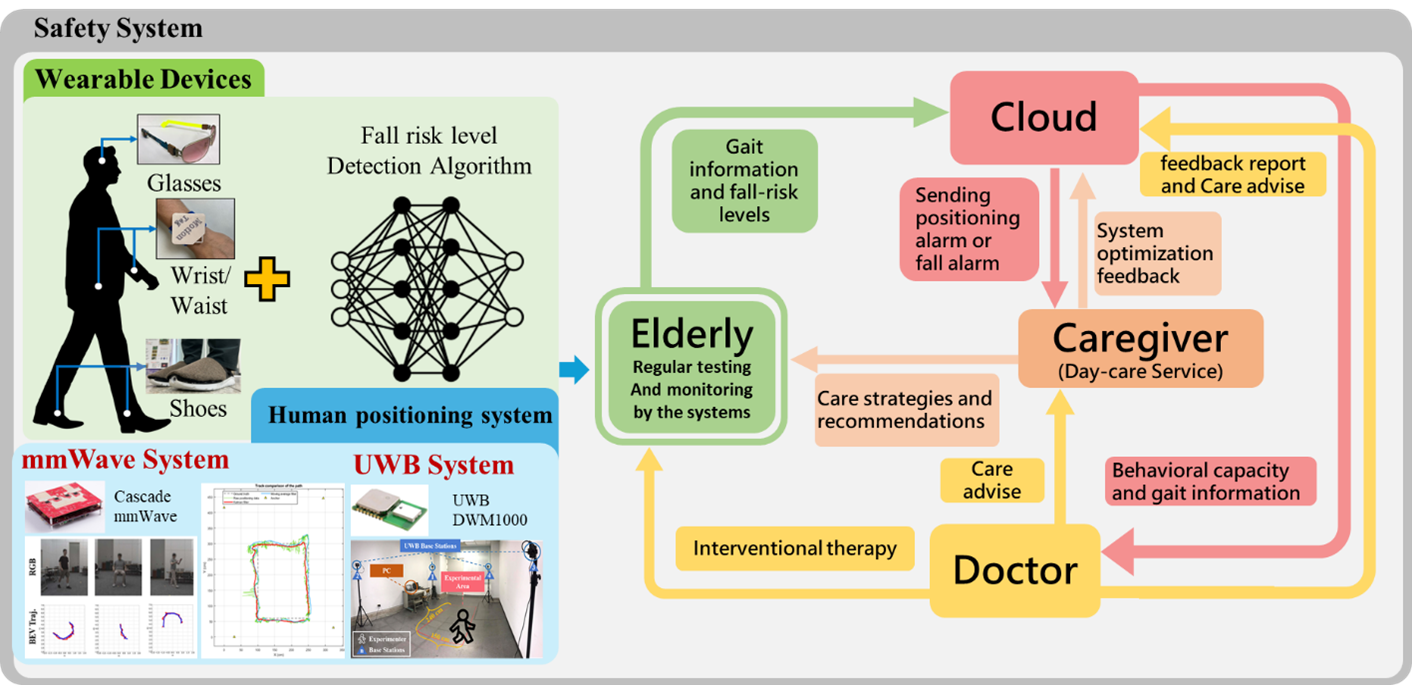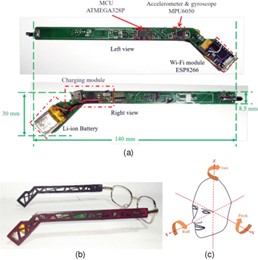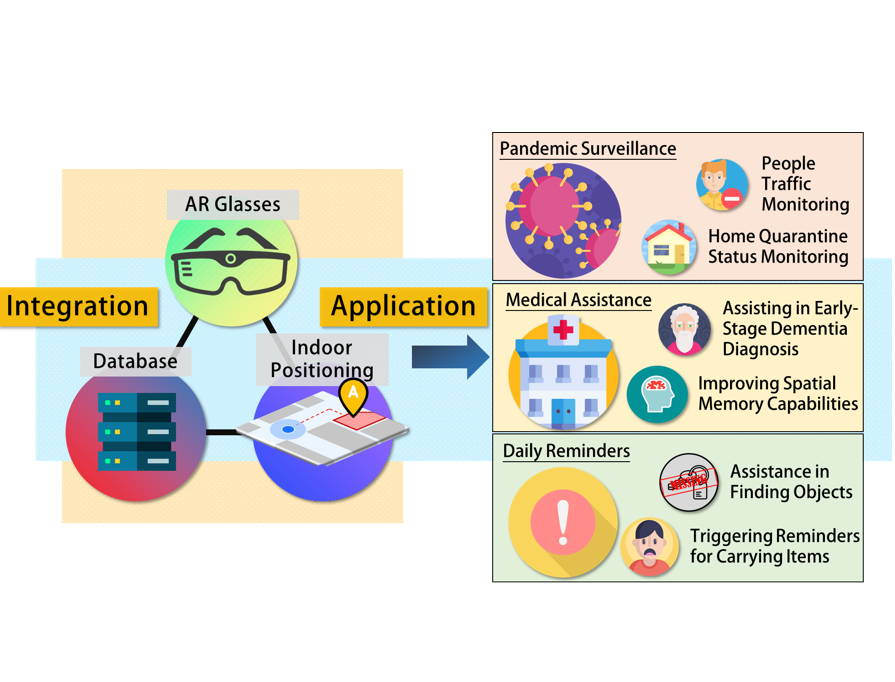Elderly Activity Recognition and Localization System
With the rapid development of smart devices, the Internet of Things (IoT), cloud computing, and artificial intelligence (AI) technologies in recent years, research on applying emerging technologies to elderly healthcare has become increasingly popular. Wearable systems have gradually become an indispensable part of modern life, providing opportunities for fall safety protection for the elderly. Fall detection and prevention are critical issues in elderly care. A lack of rapid and appropriate emergency response for elderly individuals who fall can have severe psychological and physical impacts. Therefore, by integrating wearable systems with inertial sensors and distance sensors, it is possible to monitor elderly individuals' postures in real-time and simultaneously detect falls, enabling immediate notification to caregivers and reducing the risk of fall-related complications.
Moreover, falls are closely related to the balance abilities of the elderly. By continuously monitoring the balance abilities during movement, it is possible to develop fall prevention strategies when balance disorders are detected, thus reducing the potential occurrence of falls. Ultimately, this research aims to predict a fall through AI algorithms and integrate hazardous terrain detection to provide early warnings, minimizing fall injuries.
In addition to the issue of falls, understanding why and where elderly individuals fall is immensely helpful for emergency rescue and the setup of safety measures. Therefore, our team has proposed various indoor localization systems using Ultra-Wideband (UWB) positioning systems and millimeter-wave (mmWave) radar detection systems. These systems can accurately locate individuals in real-time and even recognize skeletal structures to achieve real-time activity recognition. The development of these systems not only helps determine the location of fall incidents but also aids in understanding applications such as elderly wandering due to dementia and daily life monitoring, thus extending discussions on long-term care safety measures. By addressing issues related to terrain, activities, and cognitive states, our team has proposed a smart safety protection network suitable for long-term care facilities, providing a more comprehensive solution to elderly safety concerns.

Figure 1. System flow

